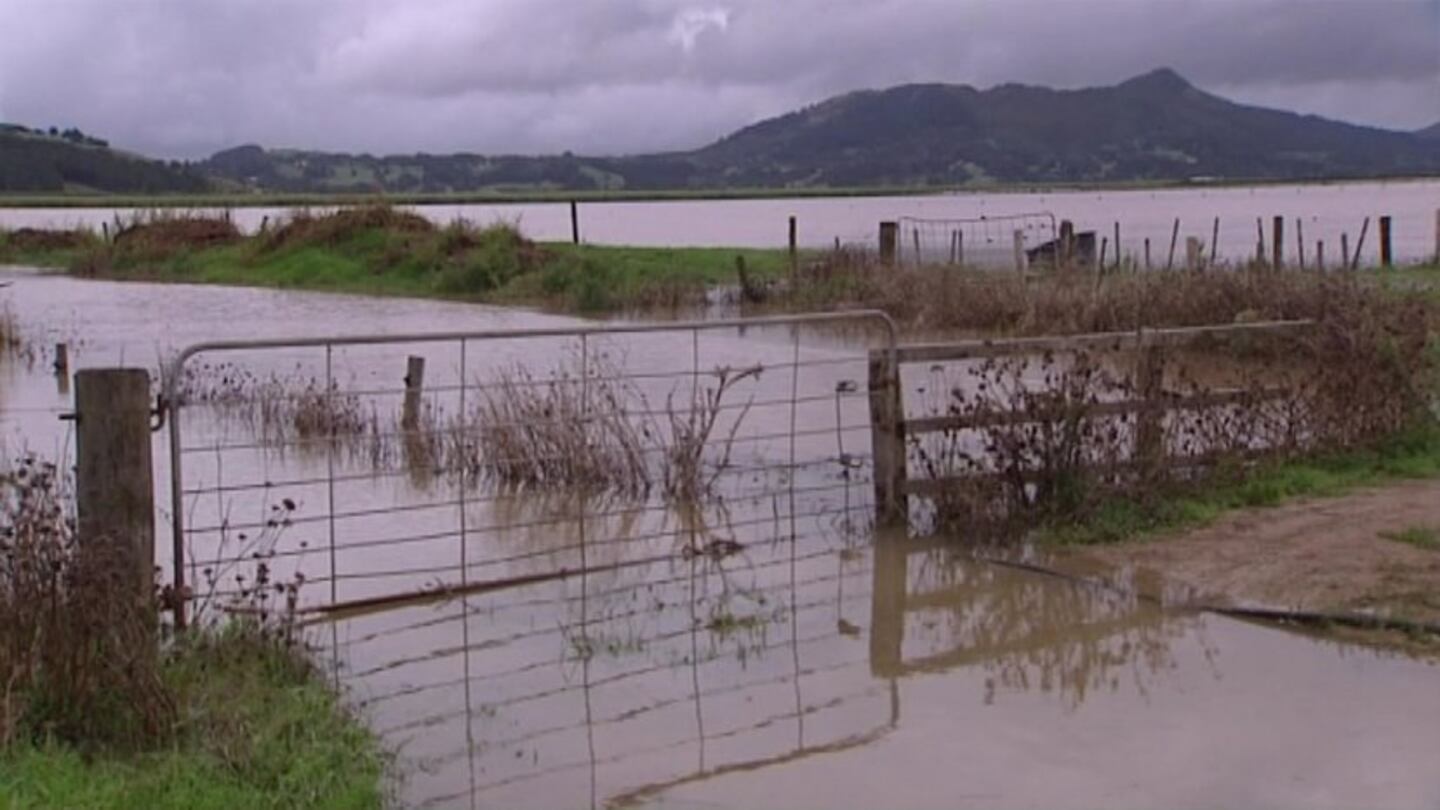Iwi in the Whangārei area are concerned about the continued degradation of the Hikurangi Swamp caused by farming.
Last month Whangārei District councillors voted in favour of the setting up of a trust, run by farmers, to helm the $50m Whangārei District Council drainage scheme, which covers 5,600 hectares. But local iwi oppose the proposal.
For Hona Edwards of Te Uriroroi, Te Parawhau, Te Māhurehure ki Whatitiri Maunga, the swamp is an extension of the iwi that maintains guardianship.
"The Hikurangi swamp is an ancestor to us as hapu that live beside the swamp and the Wairua River."
Milan Ruka, who runs the environment river patrol, and spearheads a lot of conservation projects in the district, has long been an objector to the Hikurangi Swamp scheme.
Eel fishery wrecked
In 1968 the Hikurangi Swamp scheme was set up to help with flooding issues.
Major stopbanks and pump stations were installed in the 1970s, which extensively modified what was one of the largest wetlands in the southern hemisphere. This has resulted in major impacts on the eel fishery, which is of significant cultural and historic importance for local landlocked iwi as well as a commercial source.
Ruka says much damage has been inflicted upon the swamp since the last century.
"Some 14 kilometres of riverbanks, 28 kilometres on both sides, and 80 kilometres of drains. They want to set up a trust, and it's a big conservation area in regards to tuna habitat."
Whangārei District Council councillor Ken Cooper, who brought forward the proposal to vote at the district council, says the need to upgrade the scheme is imperative.
Open to mana whenua
"What the council and farmers are proposing is that we reflect the changes in society. Try to get a structure in which there is input from local hapu and mana whenua, and their concerns can be taken into account and there is a very successful working group that has been established."
Geoff Crawford, who owns 500 hectares and is the spokesman for the trust, says they are open to mana whenua having a say.
"With the hapu and iwi, it's just a discussion. They have a say at the table but they don't have any voting rights, so we need to get legal advice on how we go forward. This is a government legislated scheme. We need to find out how we can change that and what their role will be."
But Ruka says local iwi and concerned groups aren't convinced that they will get any meaningful say under the trust.
"We'll be locked out of the place. We've seen several instances. They locked us out from four reserves there, public reserves, public access, and we can't get to the river for many, many kilometres."
$2000 a week in rates
Another issue for local farmers is the high level of targeted rates they have to pay. Crawford says farmers are paying targeted rates to maintain the scheme, and to build a $40 million council reserve over the next 20 years.
"The Whangārei District Council rates us. We pay $2,000 a week in rates, which is quite significant, and we're really struggling under the weight of the rating system."
Ruka and local iwi would like to see a complete return of the swamp to its original condition.
"Wouldn't it be great to turn it back into a wetland as it used to be? I can remember those times, in my time. But I can't see that the farmers would want to do that unless they actually put up all their land for sale."



